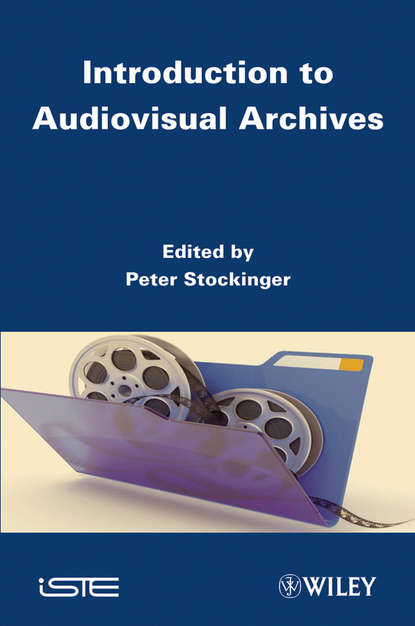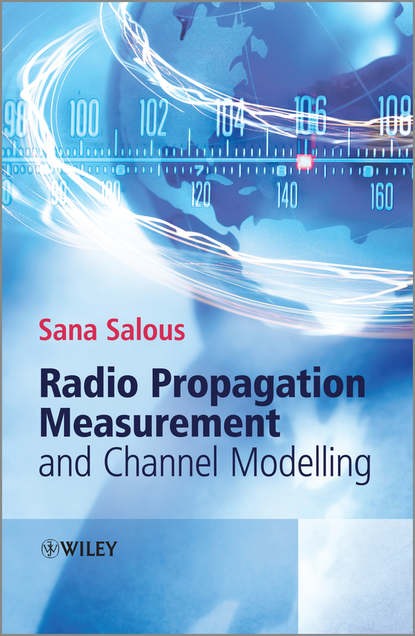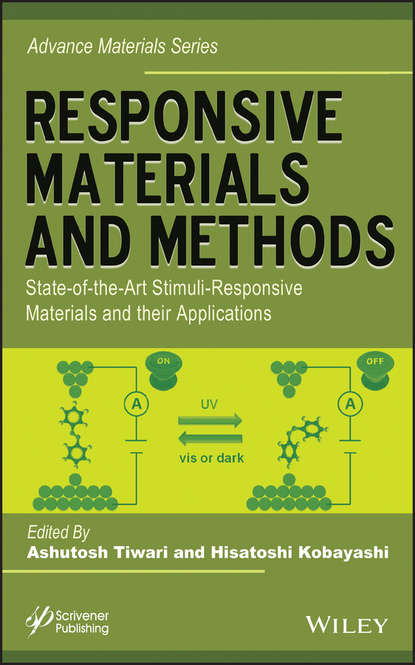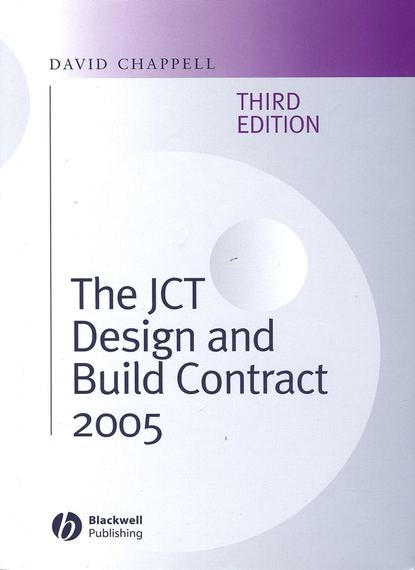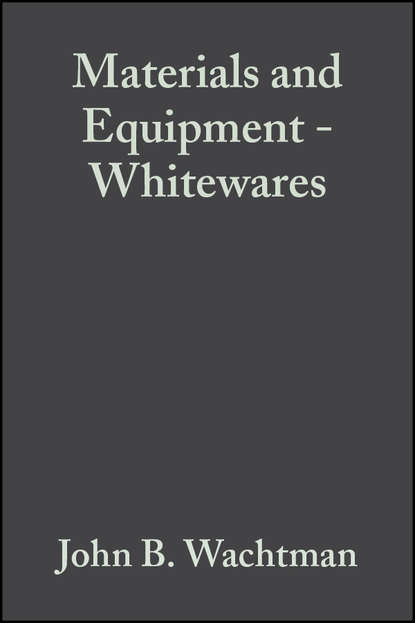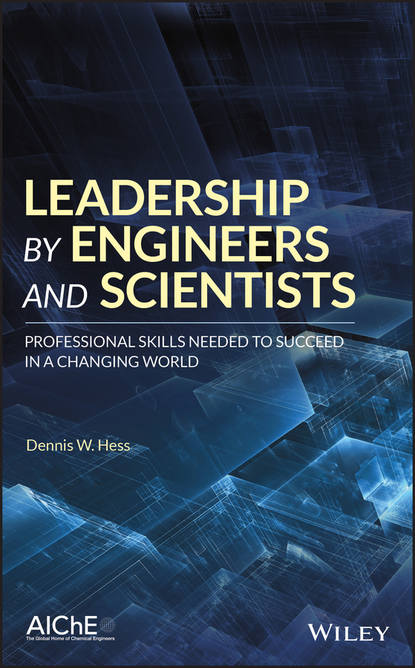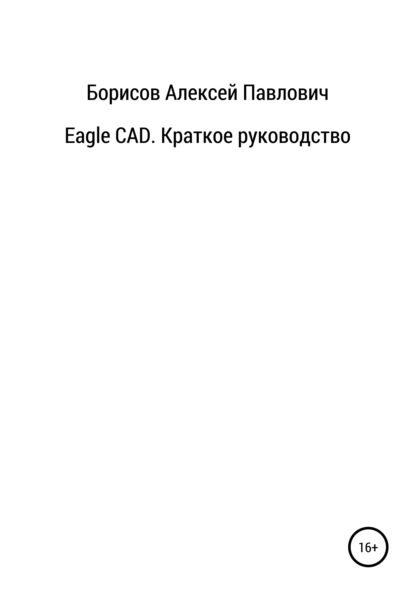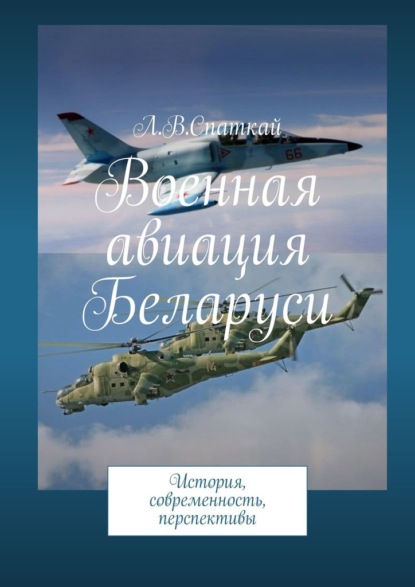Книга "Introduction to Audiovisual Archives" (Введение в аудиовизуальные архивы) посвящена популярной сегодня теме сбора, сохранения и передачи культурного наследия в аудиовизуальных архивах и библиотеках. Однако данные из этих архивов или библиотек - видео, изображения, звуковые дорожки и т.д. - представляют собой только потенциальные когнитивные ресурсы для определенной аудитории (или "целевого сообщества"). Они должны претерпеть более или менее значительные качественные преобразования, чтобы стать интеллектуальными ценностями, соответствующими потребностям пользователей или сообщества. Эти качественные преобразования выполняются через ряд конкретных операций, таких как: сегментация аудиовизуального текста, описание и индексация контента, прагматический профилинг, перевод и др. Эти и другие операции составляют то, что мы называем семиотическим поворотом в работе с цифровыми (аудиовизуальными) текстами, корпусами текстов или даже целыми (аудиовизуальными) архивами и библиотеками. Они демонстрируют на практике и теоретически известную проблему "от данных к метаданным" или "от (простой) информации к (релевантному) знанию" - проблему, которая, очевидно, непосредственно влияет на эффективное использование, социальную значимость и актуальность цифровых архивов знаний и определяет их будущее. Это, действительно, является основой многих важных программ и проектов в области исследований и разработок во всем мире.
Today, audiovisual repositories and institutions concerned with archiving, storing and disseminating cultural heritage have been in demand. But, digital media such as video, still images and sound files stored in these collections can only deliver potential intellectual capital to an intended audience–what is required is 'qualitative change' that turns raw material into usable knowledge. How this is done is often referred to as 'the semiotic turn', as it entails practices designed to adapt digital media to various audiences, such as coding, categorisation, and pragmatic analysis. In practice, it translates to 'moving from data to metadata', or 'converting simple information into relevant knowledge'. This procedure, of crucial importance to research and development programmes around the globe, defines the very core of much innovative scholarly activity.
Электронная Книга «Introduction to Audiovisual Archives» написана автором Peter Stockinger в году.
Минимальный возраст читателя: 0
Язык: Английский
ISBN: 9781118566275
Описание книги от Peter Stockinger
Today, audiovisual archives and libraries have become very popular especially in the field of collecting, preserving and transmitting cultural heritage. However, the data from these archives or libraries – videos, images, sound tracks, etc. – constitute as such only potential cognitive resources for a given public (or “target community”). They have to undergo more or less significant qualitative transformations in order to become user- or community-relevant intellectual goods. These qualitative transformations are performed through a series of concrete operations such as: audiovisual text segmentation, content description and indexing, pragmatic profiling, translation, etc. These and other operations constitute what we call the semiotic turn in dealing with digital (audiovisual) texts, corpora of texts or even entire (audiovisual) archives and libraries. They demonstrate practically and theoretically the well-known “from data to meta-data” or “from (simple) information to (relevant) knowledge” problem – a problem that obviously directly influences the effective use, the social impact and relevancy and therefore also the future of digital knowledge archives. It constitutes, indeed, the heart of a diversity of important R&D programs and projects all over the world.
